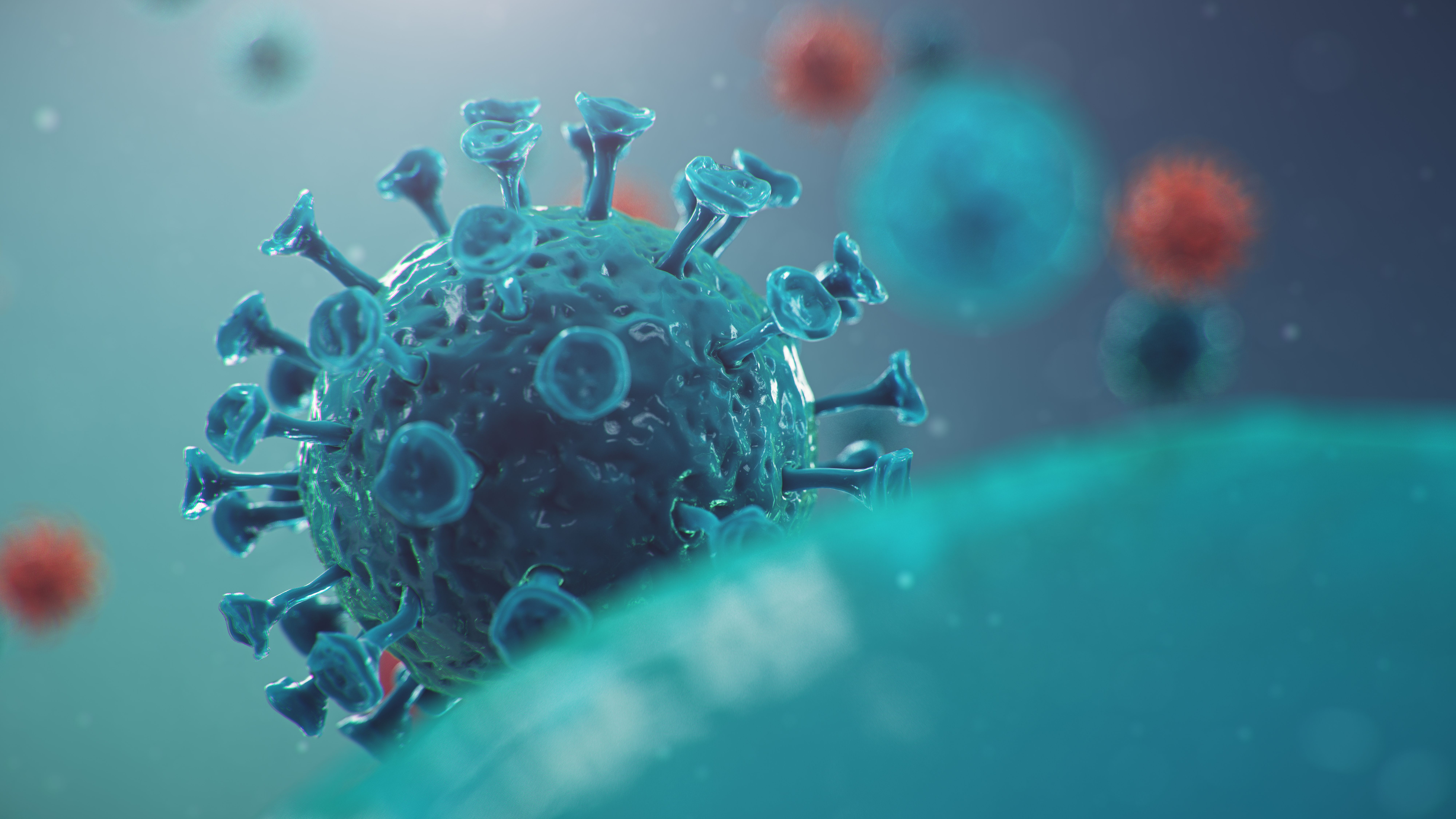Article
COVID Dodgeball
Author(s):
We’re all playing the “viral” game—but how do we win?
rost9/Adobe Stock

COMMENTARY
Your space capsule has just landed after 4 years of hurtling about in the galaxy. All radio communication was lost some years earlier when your ship was hit by a movie camera from a Brad Pitt film. You cannot sue since Star Trek has yet to open an intergalactic court. You are oblivious to how you immediately will be thrown into the game. Perhaps by the rescue folks in the helicopter—why are they wearing masks instead of helmets? Unbeknownst, you now have been tagged to play COVID Dodgeball. Funny, NASA thought you might bring back some horrific infectious disease from exposure to a contagious asteroid growth. Is the space program out to lunch, or do they need better funding?
COVID Dodgeball is a new game going “viral” across the United States, definitely surpassing “Minecraft” in followers. It is called COVID Dodgeball.* Do not be fooled: You may think you are not playing, but you are. It is inescapable, unless you are living alone in the Arctic Circle (pets do not count).
COVID Dodgeball can be played in any and all settings, and by persons of any age, gender, race, or ethnicity: in supermarkets, at concerts, at parades, at home, in cars and subways, in nursing homes, in movie theatres—you name it. It can even be played at the DMV (as I discovered—but too late).
Billions of Earth’s inhabitants are tossing the dodgeball at subsonic speeds without regard for who it hits, or how badly. The legions of sick, those getting sick, and those not evidently sick are sources of the dodgeball, which is why COVID Dodgeball is really hard to win. It is everywhere, but not in your dog, cat, or goldfish. A dust mite is 2000 times the size of the spherical COVID critters, caked with really tiny spikes that know how to get into your RNA.
Put your ripe space suit back on, get a big oxygen tank, and go on an unplanned crash diet. There are not many others with your dodgeball defenses since the space program has withered in recent decades. You are the lucky one, assuming you do not want to get sick and maybe die.
The rest of Earth’s inhabitants, being much larger than dust mites, are easy prey to the invisible, evil dodgeball—except maybe those who are wearing face masks. Once the ball has hit the defenseless others, its primary goal—and the purpose of the game—is to replicate better and faster than mice or rabbits, trying to forestall future human efforts to win the game. Were you thinking of a moral defense? Think again. The dodgeball has no conscience, being raised without parents; it does not fuss over stopping your breathing. Have mercy on those without space suits; some may be family.
What about the children, you may ask? They are smaller targets and mostly have intact inner defenses against the dodgeball. But they nevertheless are participants in the game because they can and will hurl the ball right at you, while feeling pretty fine themselves—most of them, most of the time, so far.
Multinational pundits declare that zombies do not play dodgeball. These not tiny creatures have their own, apparently satisfying, ways of pummeling you.
But all heretofore said must be just about one side of COVID Dodgeball. Because these are physical damages to many of our bodily organs if we fail to dodge the errant ball. But the dodgeball is a 2-headed devil.
The second side of the dodgeball is studded with different also very tiny, but precise and misery-making spikes. These prey on human feelings and thinking. Are you drinking too much? Taking grammy’s oxycontin? Predicting your early demise? No appetite, or too much appetite. Forget about sleep. Dodgeball hits do cause a lot of mental distress, including anxiety, depression, alcohol and drug abuse, and posttraumatic stress disorder. That is the other side of the dodgeball—and reason enough to dodge as best you can. Plus, there is the mysterious long (course) spike that lingers for months, messing with thinking, word finding, and auditory nerve functioning, while inducing major-league exhaustion, as if you had run a marathon even though you are just trying to get out of bed.
These COVID Dodgeball-generated feelings and thought problems do not appear to be transmissible, even to those yet to be born. But their psychic pain can run deep and stay too long (I can say, as a fully trained psychiatrist). The psychic spikes of the dodgeball are also invisible to the naked eye, yet they produce torment not to be sneezed at—to those tagged by the dodgeball, and to those who care about them.
As you surely have concluded, COVID Dodgeball must be a big seller. How? Ask your broker or watch an evening business show—there are many of them. But, unlike Pfizer, Moderna, and Johnson & Johnson, there is no stock to be had for COVID Dodgeball, although this spares investors from the tumult of market “corrections,” especially while we are contending with COVID.
There are tens of millions—more—of individuals in the United States alone carrying the wicked dodgeball, with its 2-sided protrusions designed to whack you. There are winners and losers. Winners are those who played the game artfully. Losers are those who are older, ill with other illnesses, or immunocompromised, and those who did not put on their spacesuits.
*Patent pending
My great thanks to Heidi Anne Duerr, associate editorial director at Psychiatric TimesTM, for prompting this essay.
Dr Sederer is a psychiatrist, public health doctor, and nonfiction writer.





